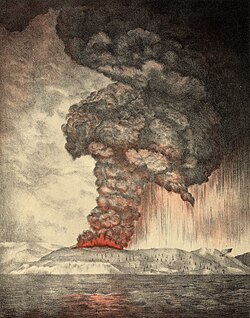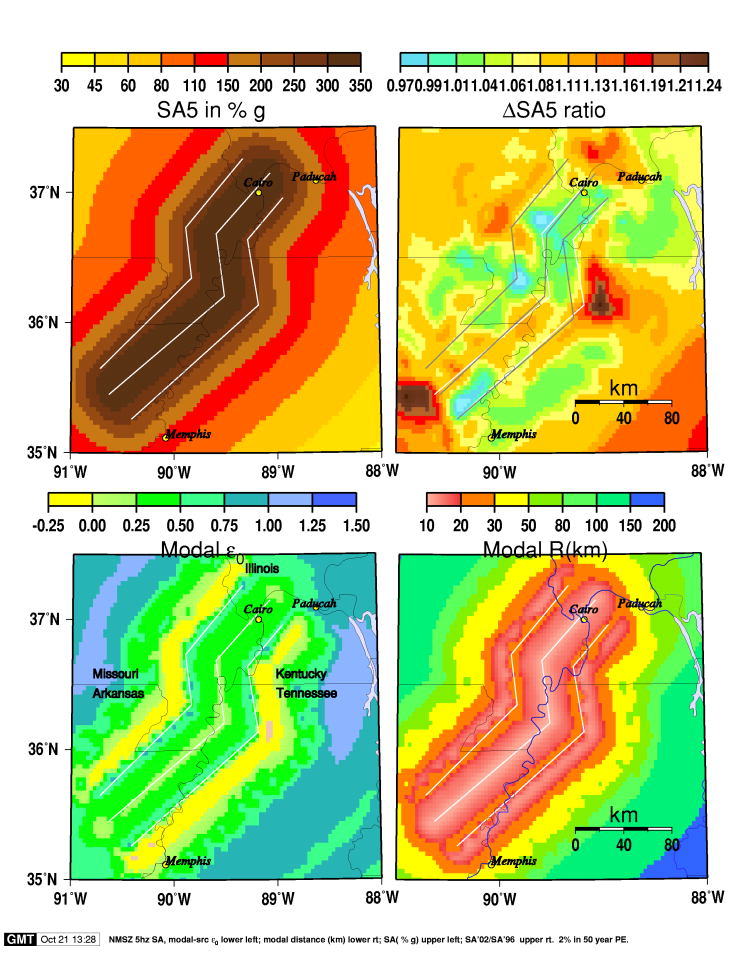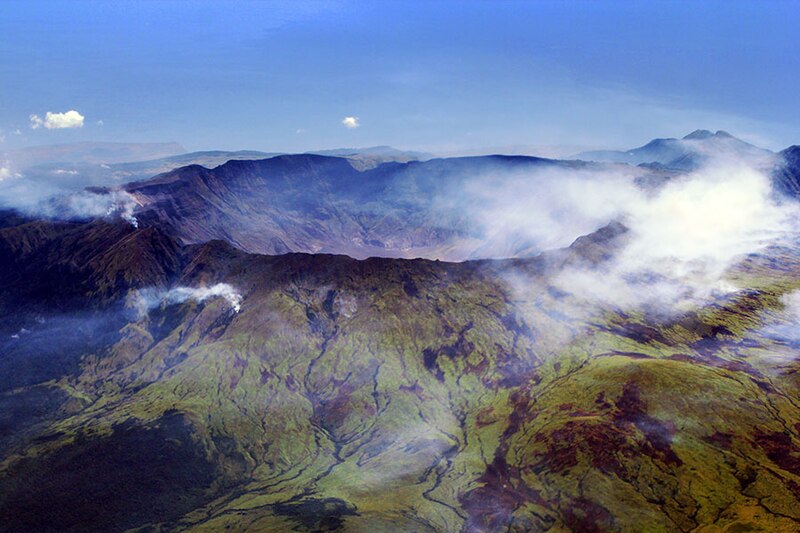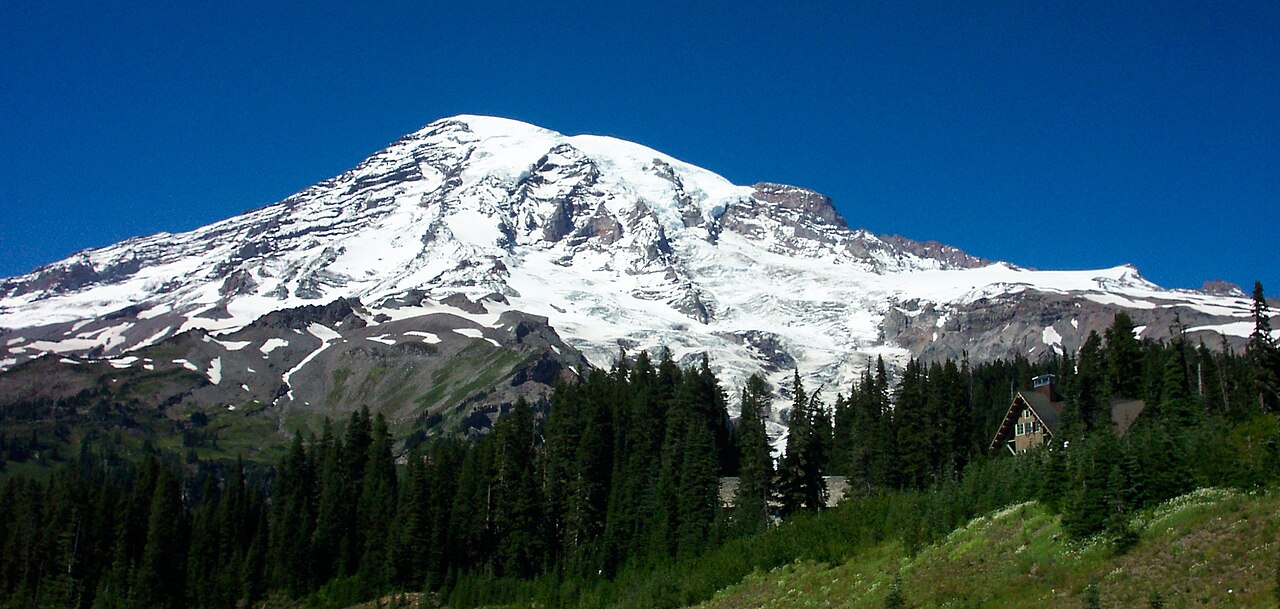This post, of my series honoring NaNoWriMo, will talk (oddly enough) about risks to the writer of NaNo. I hope to encourage people who are just now starting to think that NaNo might not be working out for them that it's perfectly okay to think that. It doesn't make you a bad person or a bad writer to realize it's not for you. This won't, in other words, be the typical rah-rah, get-back-to-it blog post you might read elsewhere this week.
 |
| Wikimedia commons image + modification |
National Novel Writing Month was a creation of Chris Baty, by all accounts a nice guy, from the San Francisco area. The goal is, commit to writing 50,000 first-draft words between November 1 and November 30. If you do that, you "win."
Tens of thousands of amateurs from around the world try to write their first novel and discover how difficult that is and give up, which to me seems an excellent result, even if it doesn't feel excellent to those people at the time. Learning something new about the world and yourself is never a bad thing, and learning how difficult writing a novel is might make you a more appreciative reader. It might not be a NaNo "win," but it's a personal win.
Other drafts from NaNo novels go on to be darned good books.
Water for Elephants was a NaNo novel, as well as
The Forest of Hands and Teeth,
The Night Circus, and probably hundreds of good indie novels that I can't name.
But let's be clear: it is not a wonderful experience for everyone who tries it. There are problems and pitfalls for both the amateur and professional writer.
For some first-timers, they cannot meet the goals and end up with confidence shaken, feeling miserable, depressed, and convinced they aren't and never will be writers. I wish they wouldn't feel that way (for all the good that wishing will do them). 500 words a day, on average, still will get you a novel draft in five months. Some people simply write best at that slower pace. Others have three kids and a full-time job, gutters to clean and snow to shovel, and the 40 minutes they carve out of every day to write 500 words is all they can spare. There's no shame in this (or shouldn't be), yet trying and failing to keep up with the NaNo pace does sometimes make people feel ashamed. It may even lose us some writers who would have gone on to write lovely books at a slower pace. That makes me sad. 1667 words per day is an arbitrary number. If you discover it's not your magical number, that's perfectly fine.
The NaNo system assumes that every writer would do best by quick-drafting, not editing or researching as he goes, and cleaning up a mess of a short draft only through multiple revisions later. But that's not every writer's ideal process. Some people do rewrite as they go. Some edit yesterday's words to start every new writing day. Back in the days of typewriters, several authors claimed not to take a page out of the machine until it was correct and final. Personally, I need to research as I go, in order for the scenes to form clearly in my mind's eye, and you may need to as well.
A newer writer, not yet knowing her own best patterns and habits, seeing that some people on the NaNo forums are claiming to write 250,000 words this month and 50,000 on day one, feeling peer pressure, might see anything less than 50,000 words in a month as a failure. And that's just silly. 35,000 words in a month is great! Do it again next month, and you have a complete novel draft--and possibly one closer to finished than the one you might have written by pushing for 50,000 in one month.
I suspect that most of the first novels written during NaNo are pretty far from done. If what is produced in a month of writing isn't at all good, if in fact it needs to be scrapped entirely, is there still any value to having written it? Yes. It teaches the value of self-discipline. For people who stick to the routine and write nearly every one of the 30 days, even the ones where they felt like doing anything else instead, they've learned what they'll need to be doing to become a professional writer. They've begun to establish good habits, and if they keep up those good habits, they've solidly placed themselves on the road to success.
For the already professional writer
Not every participant in NaNo in November has professional aspirations--at least not that they'll admit to. If they do, though, let's be frank: one month per year of work isn't going to do much for them. The exhaustion that most "winners" feel at the end of November is the exhaustion I have felt for the 17 of the 18 months I've been self-published, and most of my self-published friends feel the same--there's a steady, tough workload of writing/revising/proofing plus a list of non-writing chores that has the magical ability to grow by two every time you check off one.
A writing career is not one book, and one book published a year creates enough income to pay all the bills for only a few hundred lucky writers. In the world of indie writing, the common belief (and there is strong evidence that this is true) is that we must have four releases per year, most of those new novels, in order to earn a living wage. One rough draft in November is perhaps 1/24th of the work you'd need to hit this ideal self-publishing number. 50K in 30 days is good...but it may not be enough.
The professional might also find a problem with the rigidity of the attitudes at NaNo. You
must begin on November 1. You
must wait until then. Look, a writer is lucky if he has 25 good novels in him. Over a lifetime, you might lose some of those. A life crisis in the middle of one can derail it forever. Another may never come together as you'd like, no matter how many revisions you give it, eating up a couple years of effort for no measurable return. A third and fourth might be lost to a bad situation--loss of editor or merger or bankruptcy--in traditional publishing. A fifth you might throw away by stopping in the middle to do something else and never being able to regain the right mental state. So you're going to write only 20 of these good novels to completion. I recently saw a NaNo official tell someone who was excited to begin his novel the last week of October not to, because it was "against the rules." He wasn't looking to report the words as November words. He was just excited to start. I wanted to tear my hair out at this terrible, terrible advice. Worst advice ever!
Do you have professional aspirations? Then if you are desperate to begin on October 20, start the damned novel! Please! Inspiration and excitement are like free money lying on the street for a writer. If you don't grab it now, a brisk wind will come and snatch it away. Much of writing is hard. Not every day is a happy day. Pros show up and pound out their minimum words despite bad moods and the urge to do something--anything!--other than write. (Upon revision, you can't tell the good days' from the bad days' words, so you learn that "write anyway" is a most valuable lesson.) On those days when you are burning to write and can pound out 5,000 words without breaking a sweat? Do. Not. Give. Those. Up. Certainly don't give them up because it's freakin' October the 20th! Ack!
The point of NaNo for pros (or those aspiring to be professionals) is that it is--or should be--used in service of your writing career. Use NaNo if you like, but don't let it use you, or limit you, or toss you off your game. Get a solid eight hours sleep October 31. Get up and write (as you always do) your best number of words, whether that is 1000 or 3000 or 5000. If you already know you need one day each week away from your writing to feel your best, continue to take it off during November. If you're finishing a project you started in October and only have 40,000 words to finish, just finish the damned novel and forget about "winning" NaNo. If your outline is only half-baked on November 1, fully bake the thing and start the novel on November 15 instead.
For the professional writer, a NaNo win is a little like your award for perfect attendance in fourth grade that you threw away long before you went to university. Sure, it gave you a glow of pride for a moment when you were nine years old, but as an adult you realize that it has zero actual value.
A finished novel has value. But for some people, NaNo doesn't make getting to one easier.
Do understand: I like NaNo. It works for me this year. But I keep it in perspective. I was a traditionally-published writer before Chris Baty has his interesting idea in 1999. You could be a happy writer or a best-seller without ever having heard of it. It's just ... one thing. A game. A diversion. A chance to hang out with other writers. If it's painful or damaging for you, take care of your writer self and drop out without a gram of guilt or shame.
May my fellow writers out there all write novels to be proud of, this year and every year, any time they feel the urge.



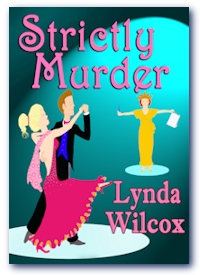
.jpg/800px-Un_C%C5%93ur_simple_(manuscrito).jpg)













